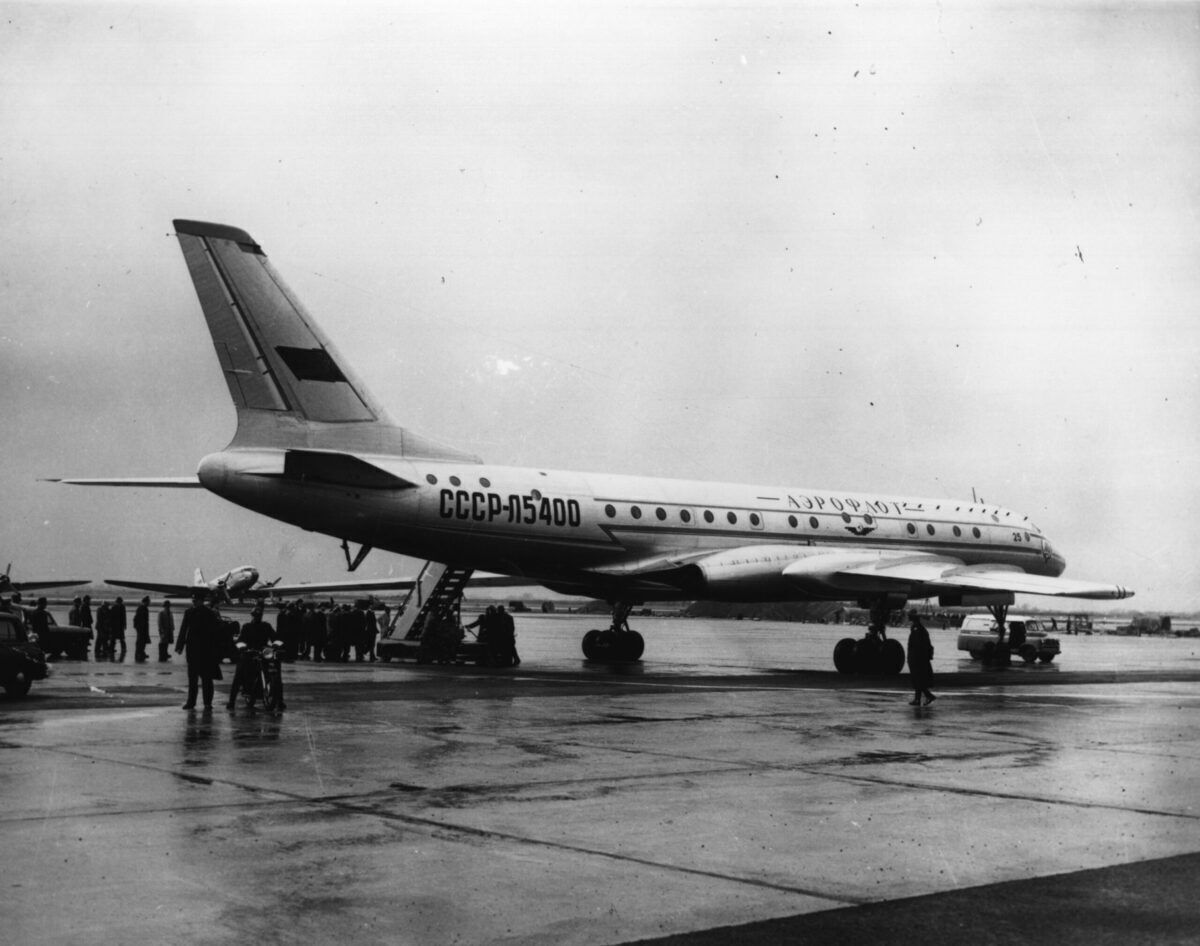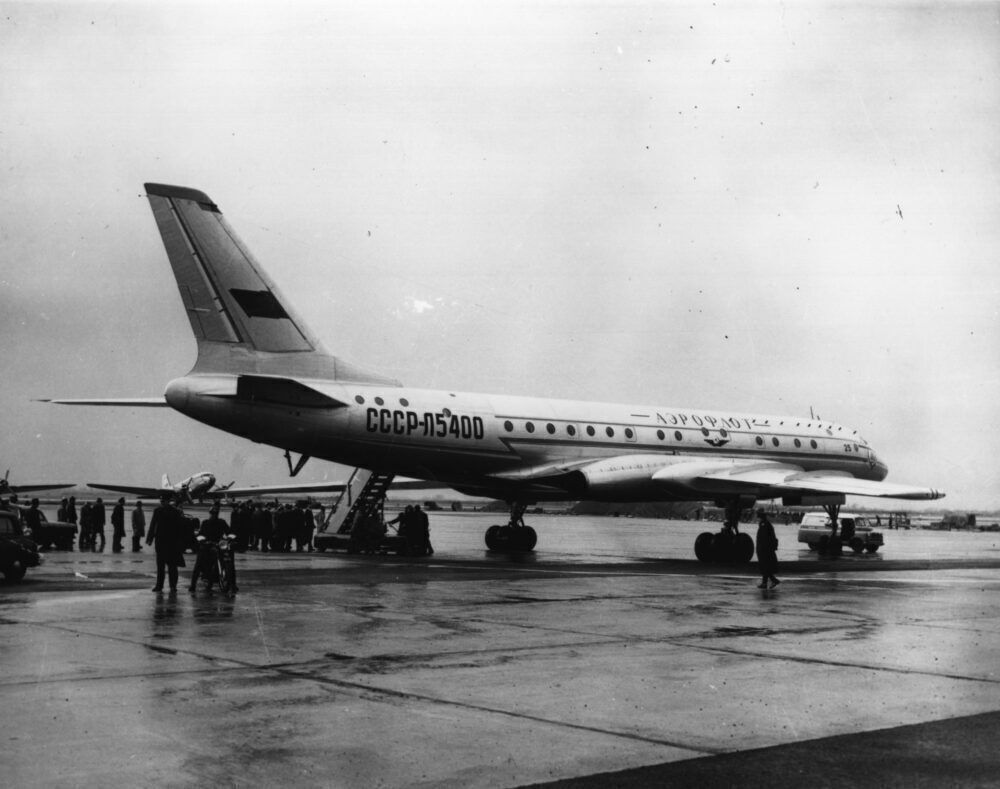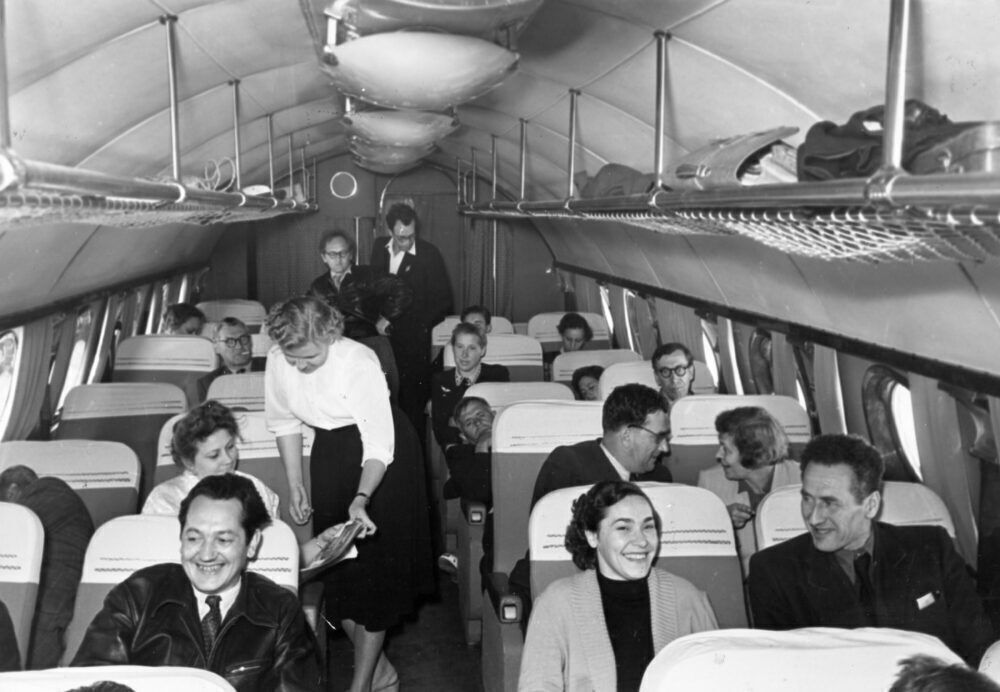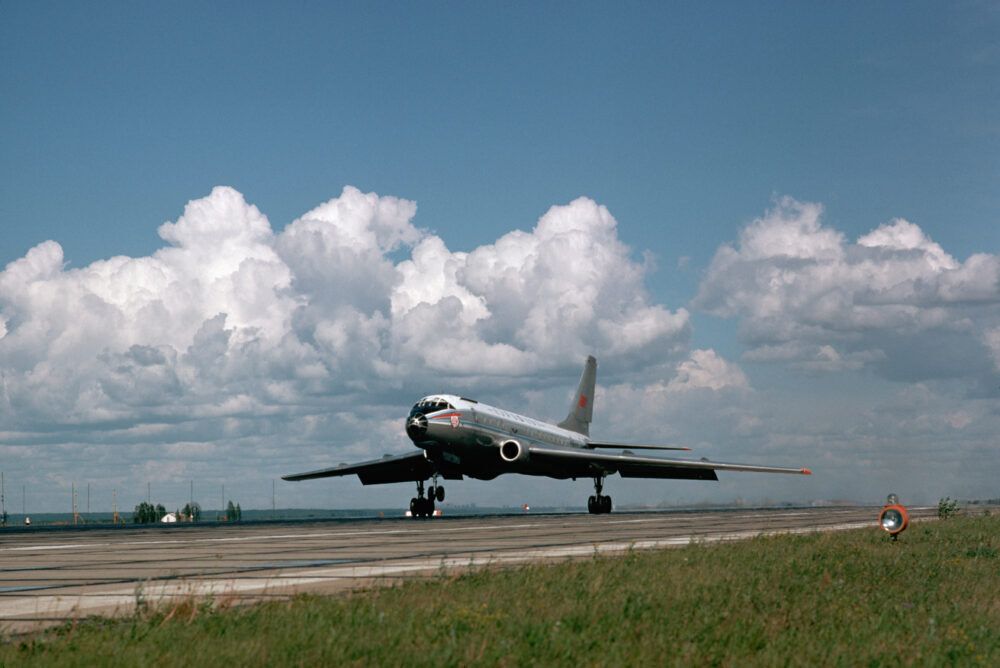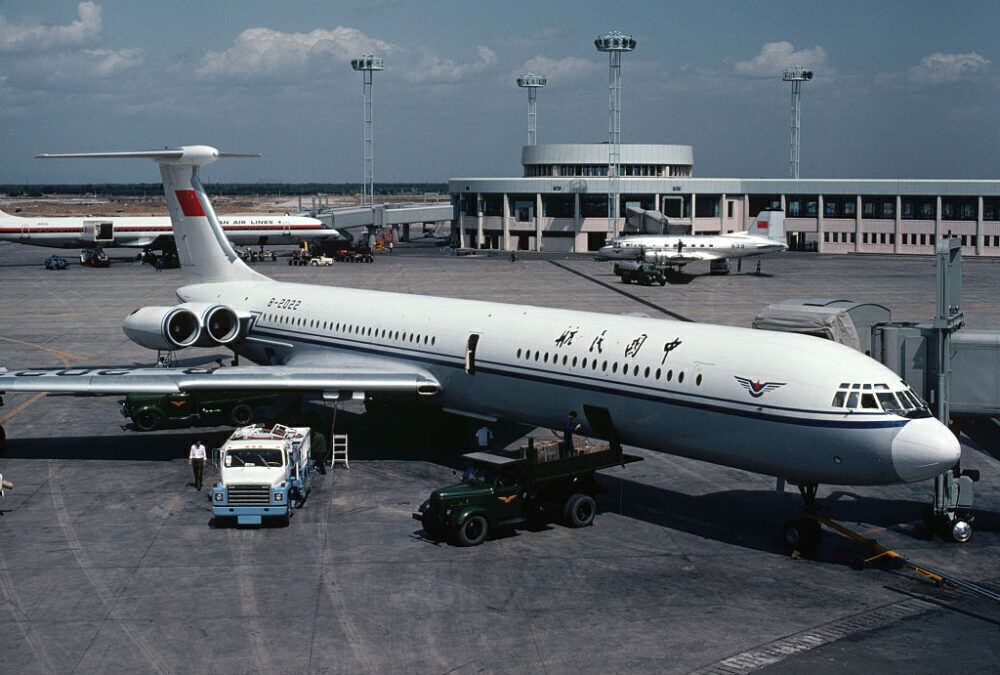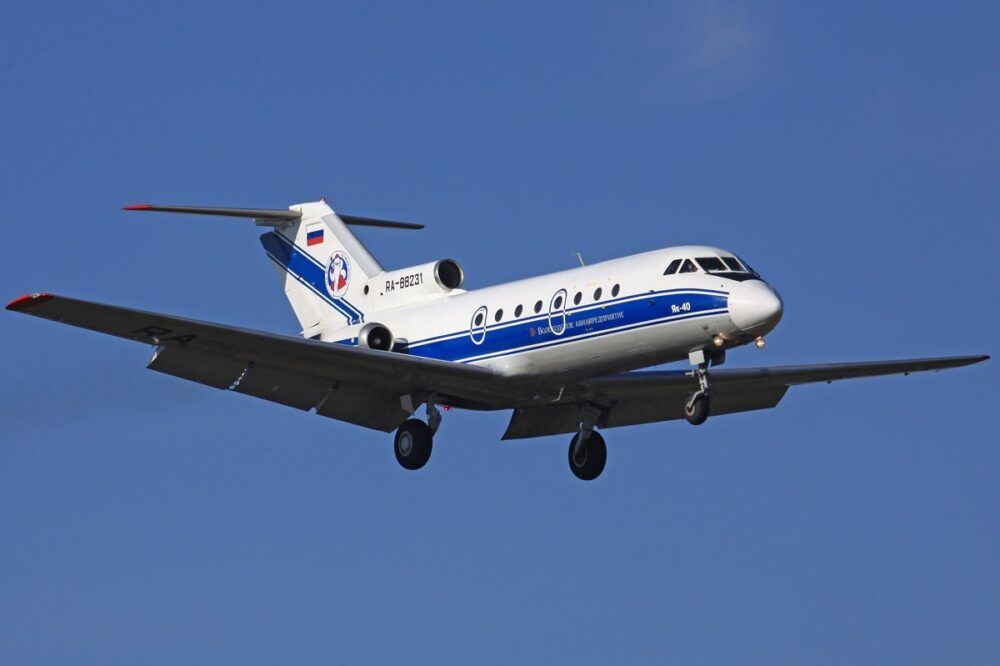The Space Race is often talked about when it comes to Cold War competition. However, space wasn't the only aeronautical field that the Soviet Union was intent on progressing in. The nation was an influential player in the Jet Age that emerged in the 1950s.
Adapting to the conditions
Previously, we covered what led to the formation of Aeroflot in the 1930s. Notably, while the Soviet Union was still highly intent on ramping up military aircraft, this carrier’s priorities were not necessarily focused in this department. Instead, the airline sought to provide public services from firefighting to passenger transport.
Mail and freight made up a large percentage of Aeroflot operations during the 1930s. Notably, the operator surpassed the United States when it comes to air freight by volume.
In terms of passengers, government and military officials made up the bulk of travelers. Civil aviation was more of a catalyst to develop and connect remote areas rather than a tool to provide ongoing travel services.
This factor was backed by the fact that even though there were 150 airports, they were mostly basic airfields with unpaved runways. Moreover, despite Aeroflot working on general operations, it was still seen as a reserve for the Air Force's Military Transport Aviation.
Nonetheless, the momentum that aircraft designers made during the 1920s and 1930s would prove vital in the next chapter. The arrival of World War II shook up the world, including the aircraft industry. This aspect is something that would be recognized within the Soviet Union in the climate following the conflict.
Stay informed: Sign up for our daily and weekly aviation news digests.
Taking on the challenge
Aeroflot was starting to lose faith with piston engine vehicles. Thus, it turned to Tupolev to once again come up with one of its innovations to meet the changing requirements of the time. The design bureau succeeded with the Tu-104. In fact, it beat the likes of Douglas and Boeing to produce only the second jetliner to enter commercial service in the world.
The flag carrier of Russia introduced the Tu-104 on September 15th, 1956. The first scheduled operation was between Moscow and Irkutsk before international flights began to Prague. The aircraft replaced the Ilyushin Il-14 on this route, joining the de Havilland Comet as one of the world's two jets to enter service.
Altogether, 201 Tu-104s were produced between 1956 and 1960. Testbeds, freighter conversions, VIP units, and prototypes formed up to 20 variants of the jet.
“The design was based on the Tu-16/Tu-88 bomber using the same Mikulin AM-3 jet engines with a new fuselage accommodating 50-70 passengers. A stretched fuselage 100 passenger model (Tu-104B) was developed later,” Museums Victoria shares about the Tu-104.
“A number were used by the military for training of cosmonauts for the Soviet space program.”
Off the mark
The Tu-104 program helped to give Tupolev the confidence to continue in this direction. For instance, the Tu-124 performed its first flight on March 29th, 1960, and was introduced two years later on October 2nd, 1962. Aeroflot was a fan of the plane and used it on its domestic routes. 164 units of the type were built until 1965.
The Tu-134 was another notable Tupolev jetliner to perform its first flight in the early 1960s. However, the twinjet would not enter service until the following decade.
It wasn't only Tupolev to join the jet race in the Soviet Union. Ilyushin designed the Il-62, which performed its first flight on January 3rd, 1963. This plane was the world's largest jet airliner at the time and was one of four pioneering long-range productions, along with the Douglas DC-8, Vickers VC10, and Boeing 707. The plane entered service with Aeroflot in September 1967.
The last influential jet to be introduced in the 1960s was the Yakovlev Yak-40. The regional aircraft performed its first flight on October 21st, 1966, before entering service the following month. Aeroflot was once again was the one to debut a new jet.
The trijet was the world's first turbojet build for local carriers. Passengers would have noticed no baggage section as all bags were delivered during landing and stored in a special chamber.
A significant impact
The Jet Age brought an increase in passenger activity. It was previously expensive to fly, costing as much as 350 rubles (in 1930s rates) to fly from Khabarovsk to Okha. However, just like how jets introduced many new segments of travelers to the skies for the first time in the West, they opened up air travel in the Soviet Union. It was now far more efficient to fly. For instance, the flight time between Moscow to Nizhny was slashed by more than half.
The beginning of the jet age caused a boom for airports. By the early 1960s, Moscow had four hubs in the form of Domodedovo, Vnukovo, Bykovo, and Sheremetyevo. They worked to connect more than 200 cities across the union.
It should be noted that the 1960s saw the start of another famous program - the Tupolev Tu-144. This was the first commercial supersonic transport aircraft in the world, which performed its first flight on December 31st, 1968. However, it would be another seven years for it to be introduced. Stay tuned as we will cover this jet more in-depth in the next chapter of this series.
Overall, the post-war climate had a similar impact on aviation all across the globe. The likes of the United States, Western Europe, and the Soviet Union all understood that there were new needs that needed to be tended to in the new era. WWII also inspired officials and designers to experiment with jet aircraft in the civilian realm after being tested for military use. Altogether, the Soviet Union showed that it was eager to advance with jet technology in the early days of the Cold War.
What are your thoughts about the start of the jet age in the Soviet Union? What do you make of the early progress in this scene across the nation? Let us know what you think of the history of the industry in the comment section.

